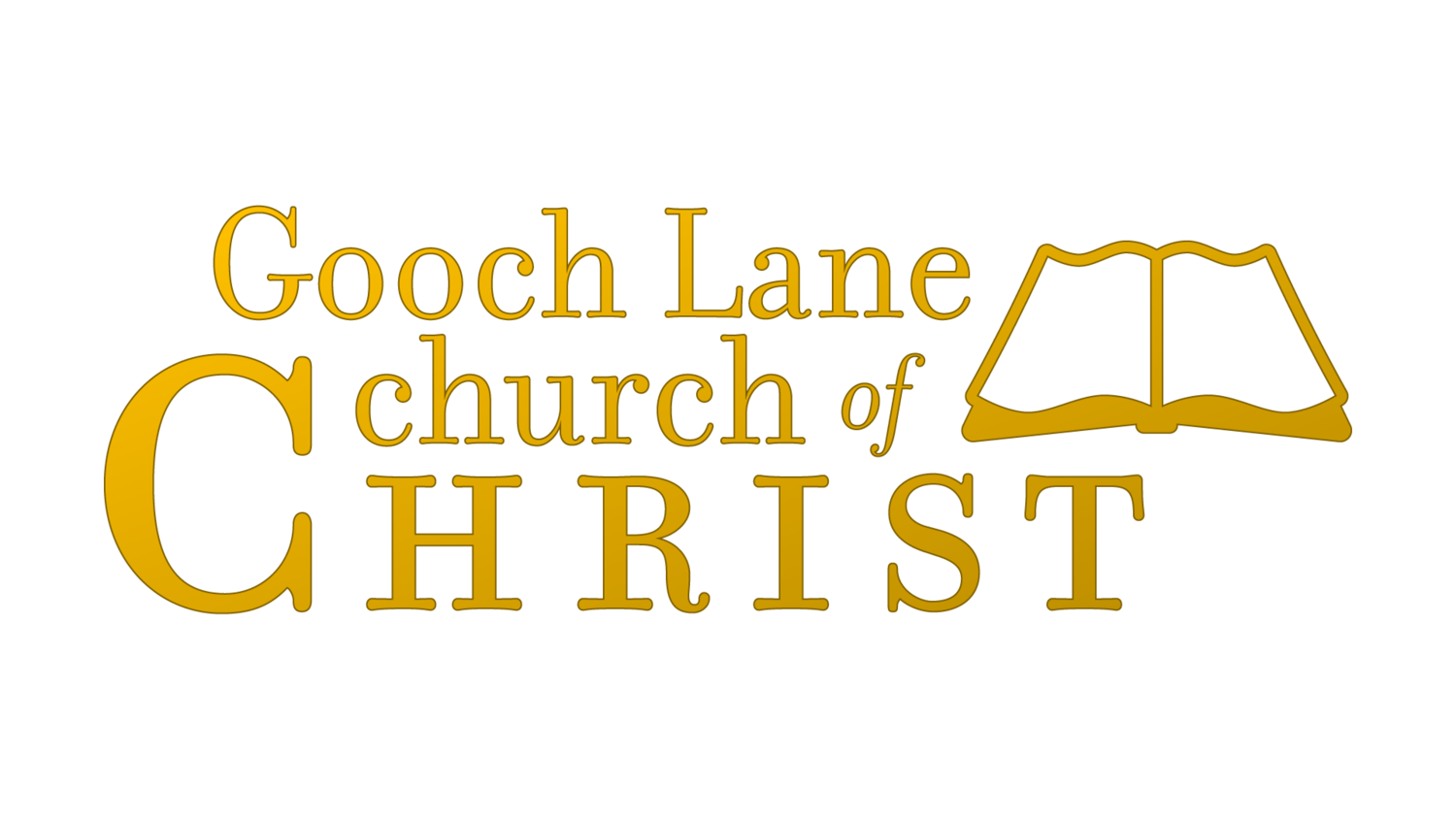The Gooch Lane church of Christ is a group of people in Madison, Alabama seeking to study the Bible and put God’s teachings into practice. We’d love to have you join us for Bible study and worship.
Why Are There Four Gospels?
by Greg Chandler
The four Gospel writers tell the same message: Jesus Christ came to earth to die for the sins of mankind. In many ways, their writings are the pinnacle of the Bible. They show us the plans and prophecies of the Old Testament coming to pass, as well as laying the foundation for the teachings and applications given in the remaining books of the New Testament. However, while their message is the same, their books are not identical. Each of the writers was inspired to help a specific audience. While there is some overlap in what they record, each writer offers a unique perspective and includes accounts from the life of Jesus that are not found in the other Gospels.
A Very Brief Overview of the Four Gospels:
Matthew’s Gospel was written to help convince Jews that Jesus was their Messiah. His Gospel focuses on numerous Old Testament prophecies that were fulfilled in the coming of Jesus. A significant phrase he uses is “the Kingdom of Heaven,” since the Jews anxiously awaited its coming. Matthew also does not take time to explain the significance of Jewish events, since his audience would be knowledgeable of such things. Since one of his primary focuses was to contrast true righteousness as taught by Jesus with the false concepts held by the Jewish elite, he includes Jesus’ “Sermon on the Mount” in its entirety.
Mark’s Gospel is the shortest of the four, although certainly not brief. It is likely that Mark’s writings were directed toward convincing Romans of their need for salvation through Jesus Christ. Mark uses the term “Son of God” in reference to Jesus. In Roman culture, this phrase was reserved for kings; thus, Mark is seeking to illustrate that Jesus Christ is the King of Kings. Note that there is no genealogy given in his Gospel, because his audience would not have found bloodline convincing. Also, pay close attention to the quick-paced nature of his writings. The word “immediately” is often employed to keep the reader’s attention as he moves from event to event.
Luke’s Gospel was likely written primarily for Greeks; thus, readers will notice the use of Greek terms throughout his writings. It is addressed to Theophilus (“Lover of God”), who may have been an individual or the name of a group. Luke’s Gospel employs a logical style which would have appealed to the Greek mind. Greeks were accustomed to approaching topics in philosophical ways. Also, Luke meticulously “builds” the Christology of Jesus from “ground level;” thus, he provides far more information regarding the birth of Jesus than any of the other three. He even provides a genealogy that traces Jesus all the way to God Himself. The framework of his writings is closer to a biography of Jesus than any of the other three.
John’s Gospel is different from the others. It was likely written several decades after the other Gospels and does not seem directed to one particular group. If the previous assumptions are true, then the apostle John was commissioned by the Holy Spirit at an old age to record teachings that would not only provide more detail about Jesus’ deity and purpose in coming to Earth, but also combat false ideas and teachings that had sprung up in the early years of Christianity. Interestingly, John’s Gospel mimics the book of Genesis in its introduction. It does this by providing details of the pre-incarnate Christ and the reason for His mission to earth. As John’s Gospel unfolds, he focuses on the intimate relationship between Father and Son and their unity in His sacrifice for mankind. Nearly half of John’s Gospel is devoted to the final week of Jesus’ life on Earth.
